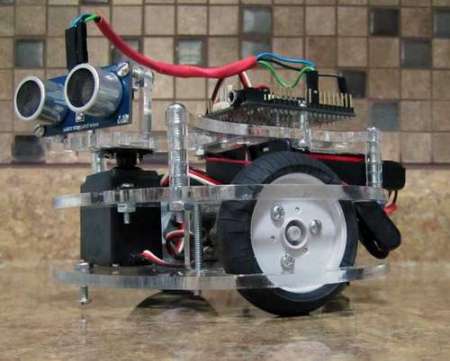QR codes are everywhere these days, from being printed onto receipts to chiseled into granite tombstones. [Will] came up with a way to modify existing QR codes, and his hack has the potential to cause quite a bit of harmless mischief.
[Will]’s hack involves a little photo editing, transparency film, and some white-out/Liquid Paper/Tippex. After the ‘target’ and ‘destination’ QR codes have been imported into Gimp, the differences are found and the result printed out on a transparency sheet. After that, hang the transparency over the original and the QR code now goes to the URL of your choice.
















